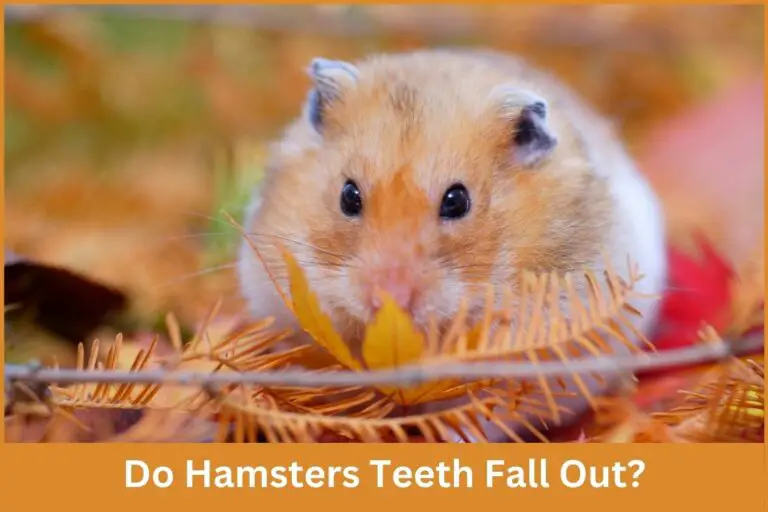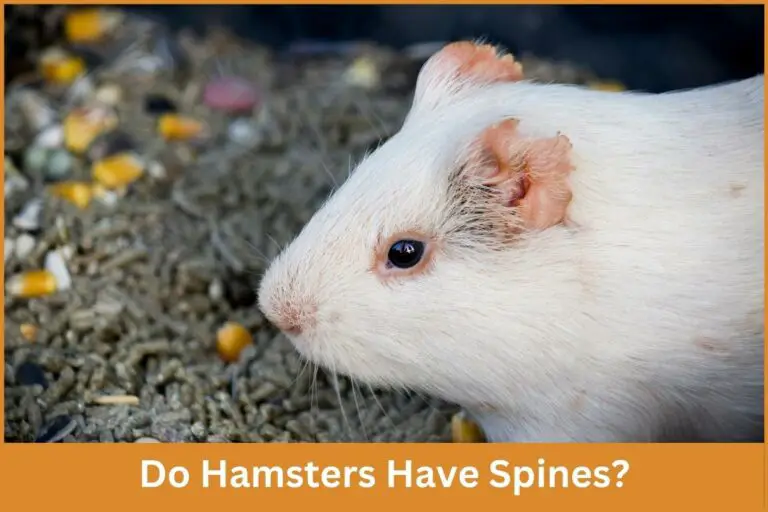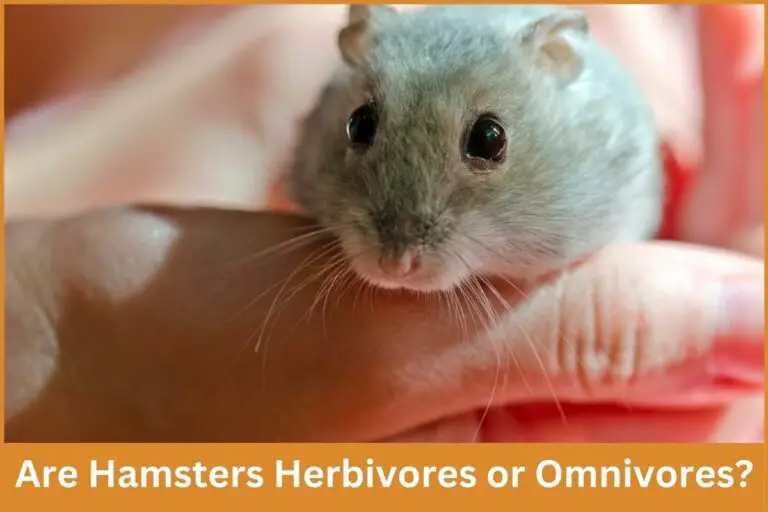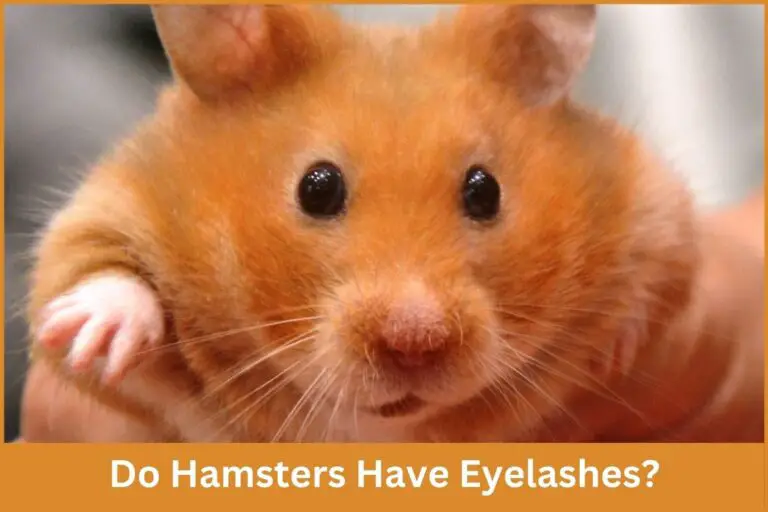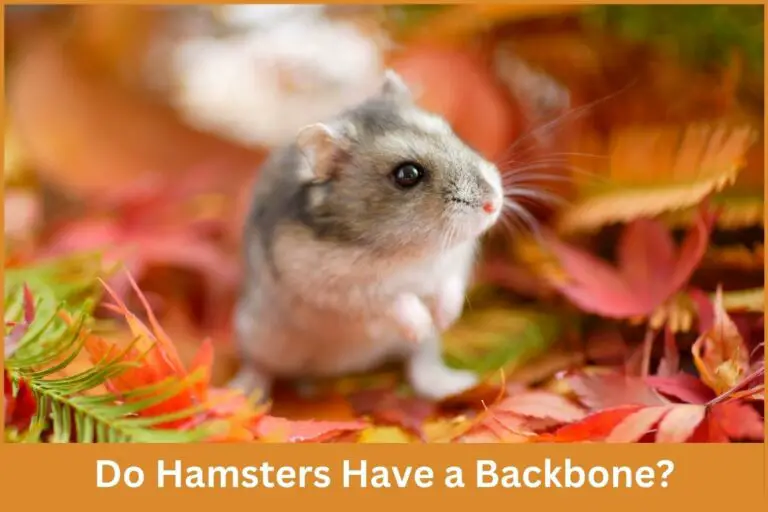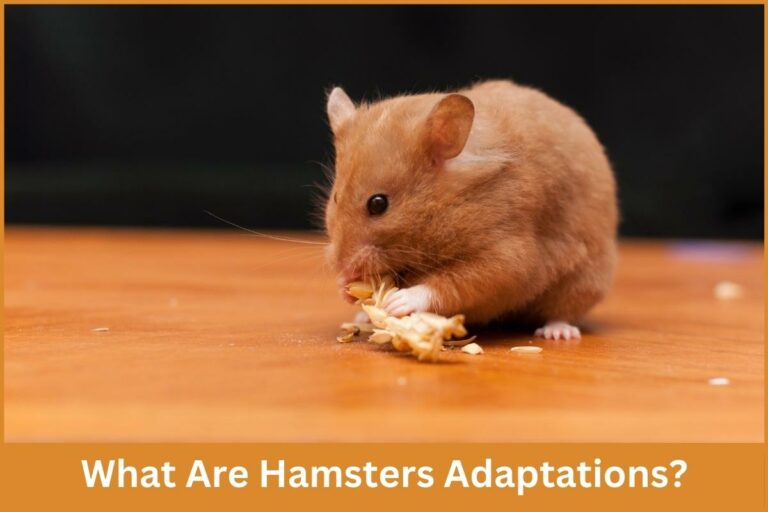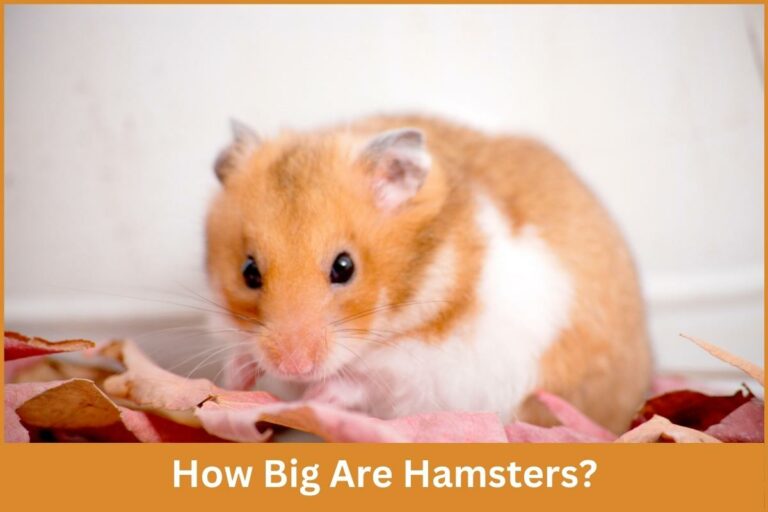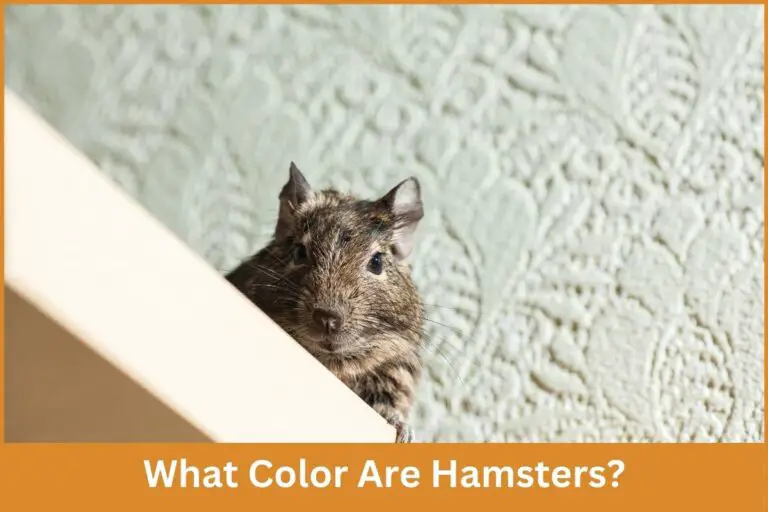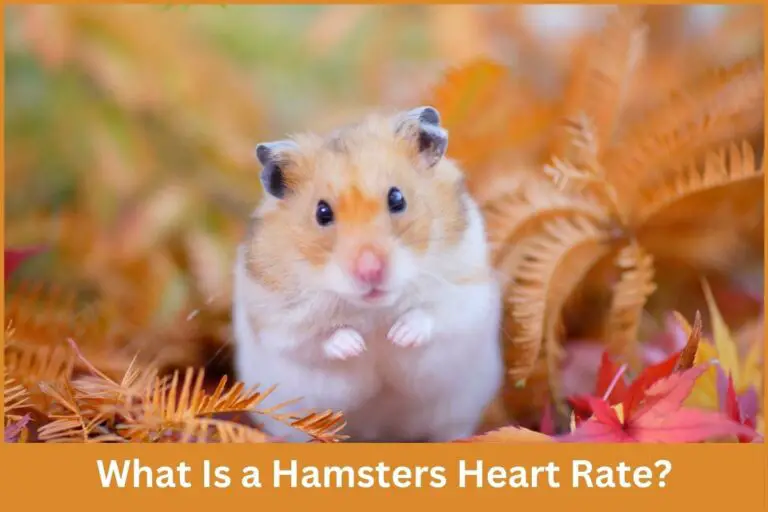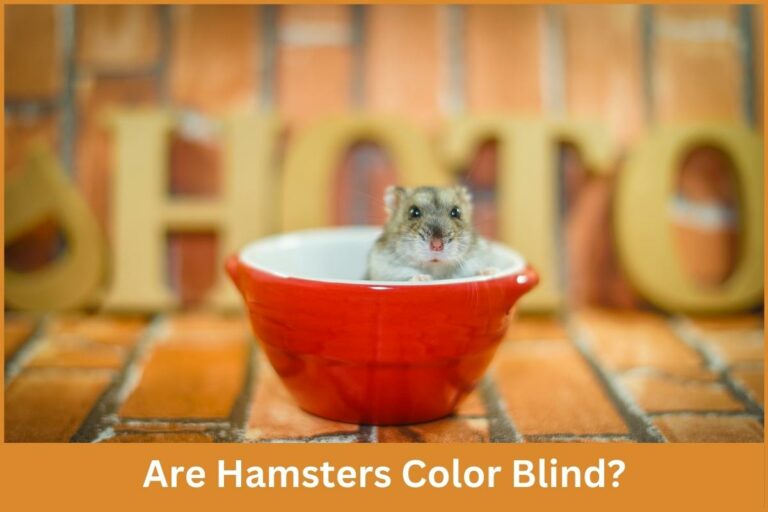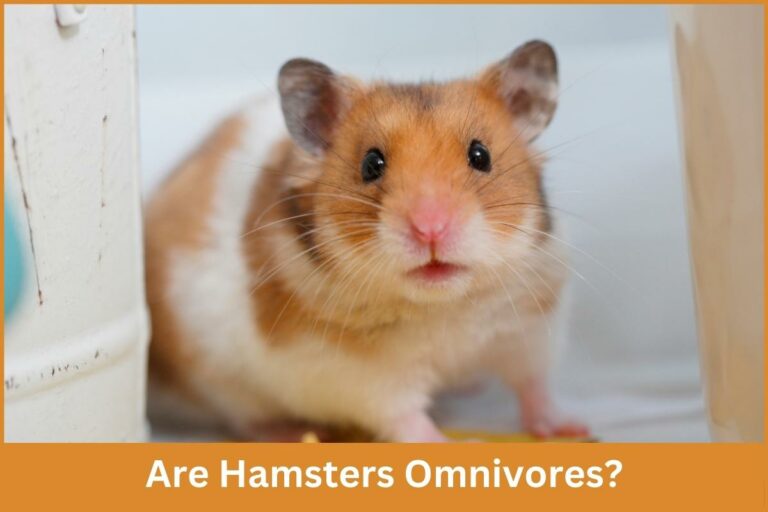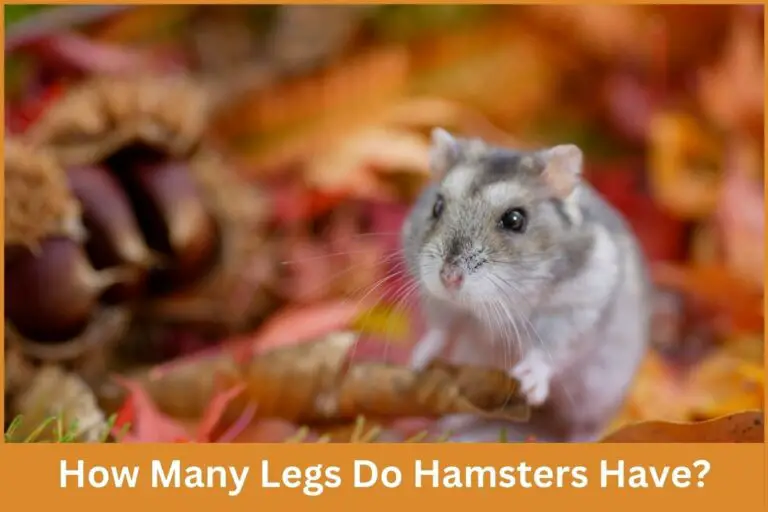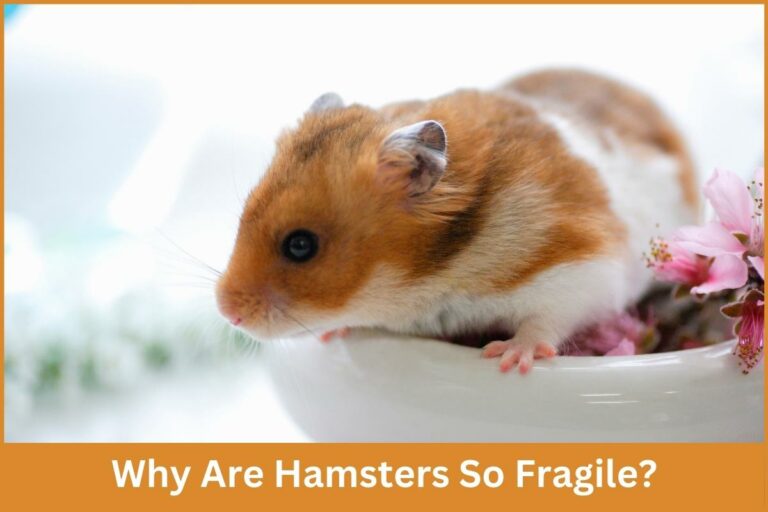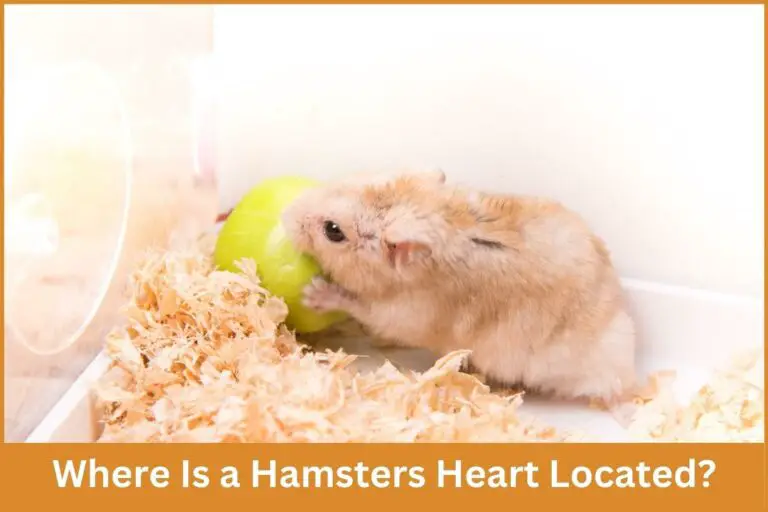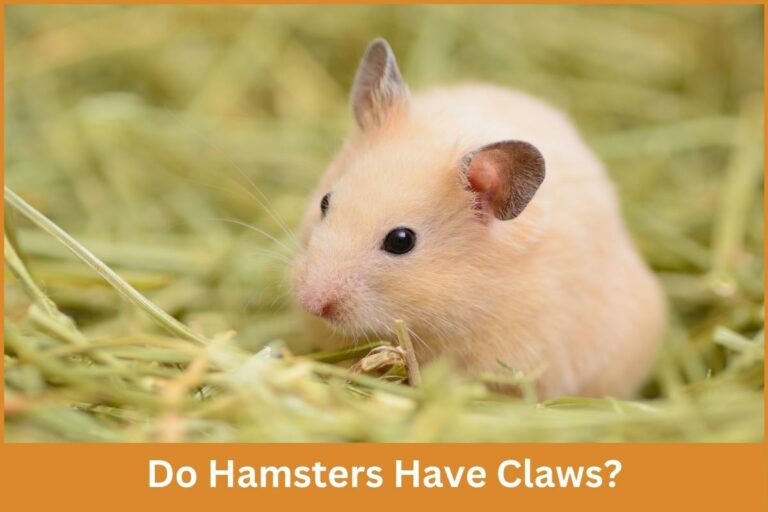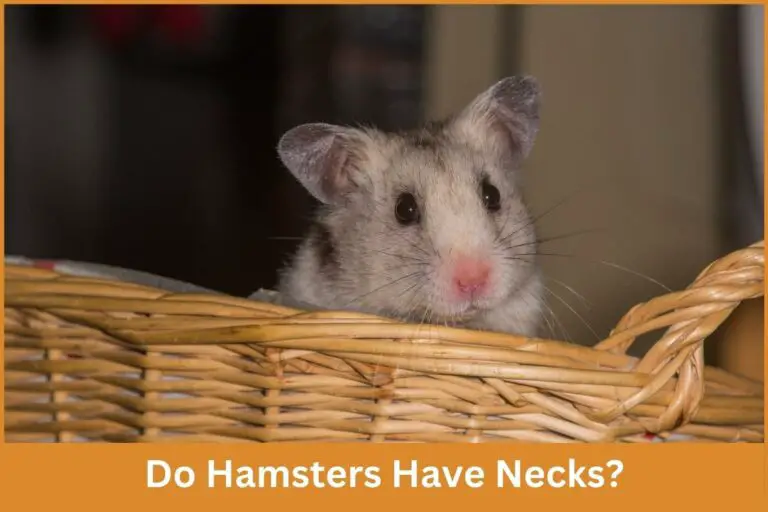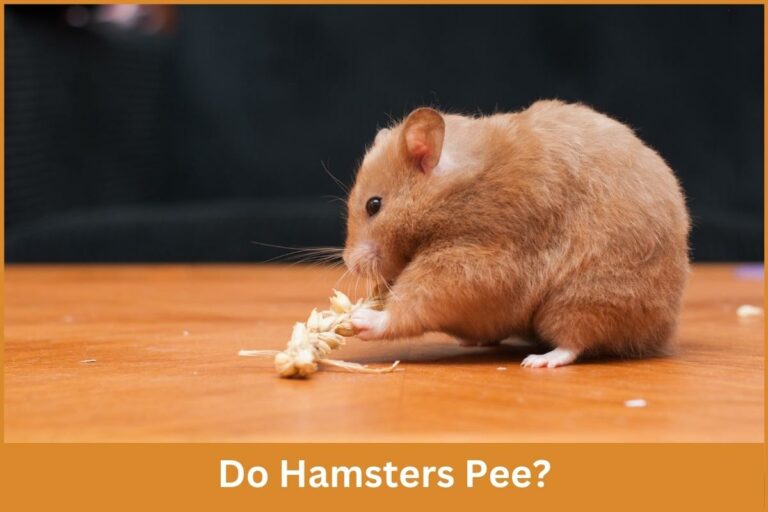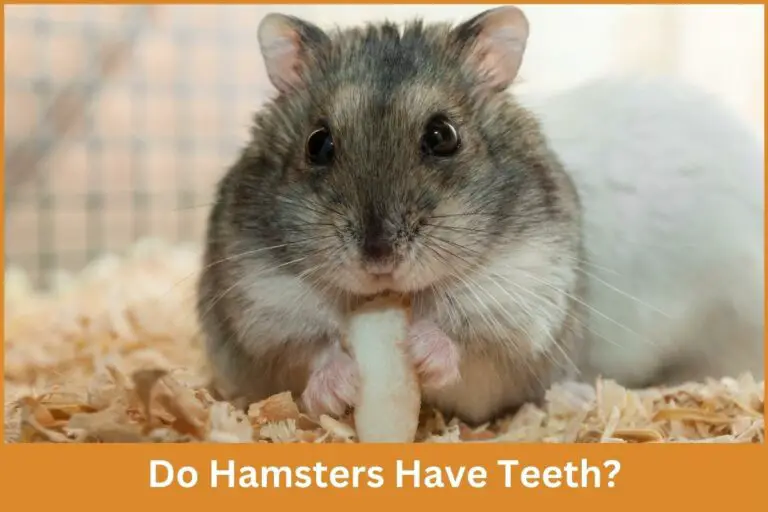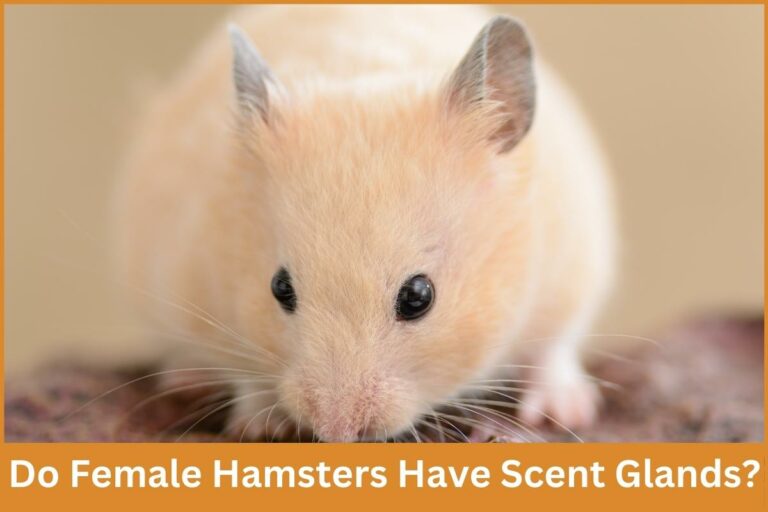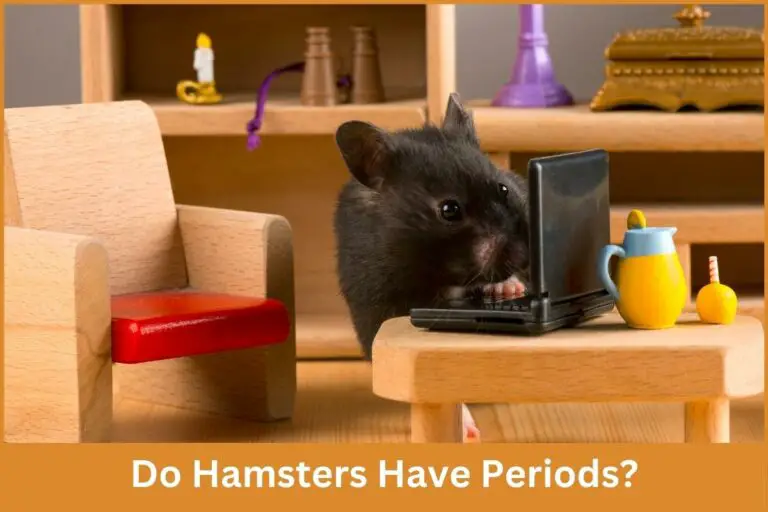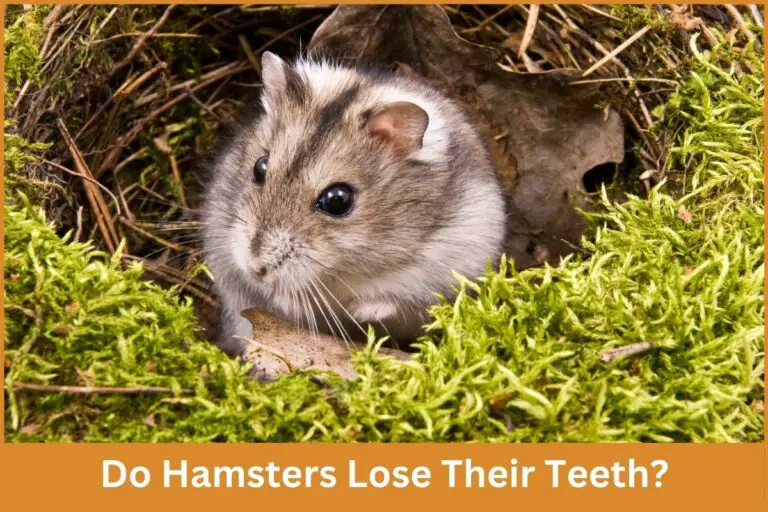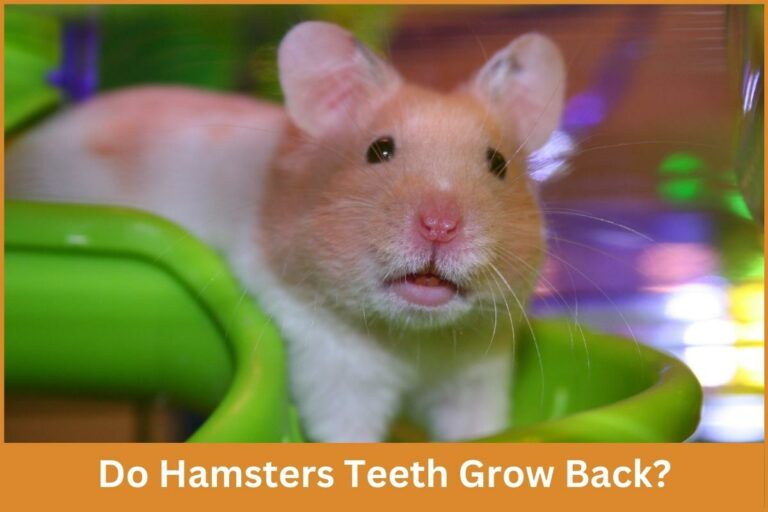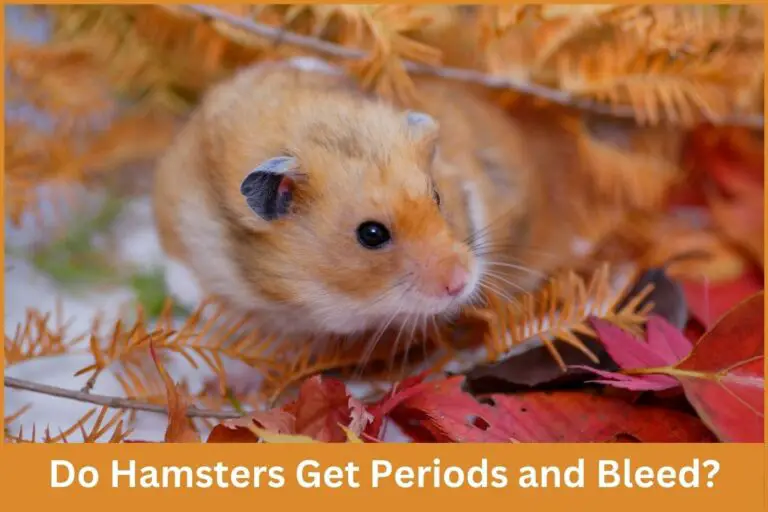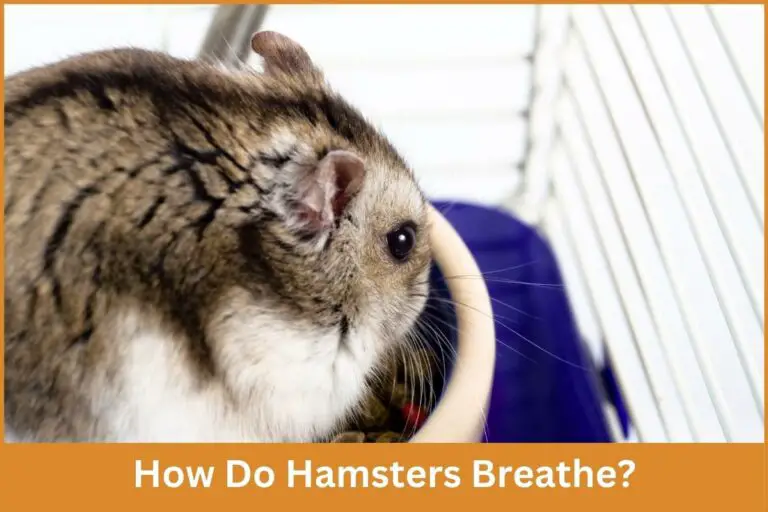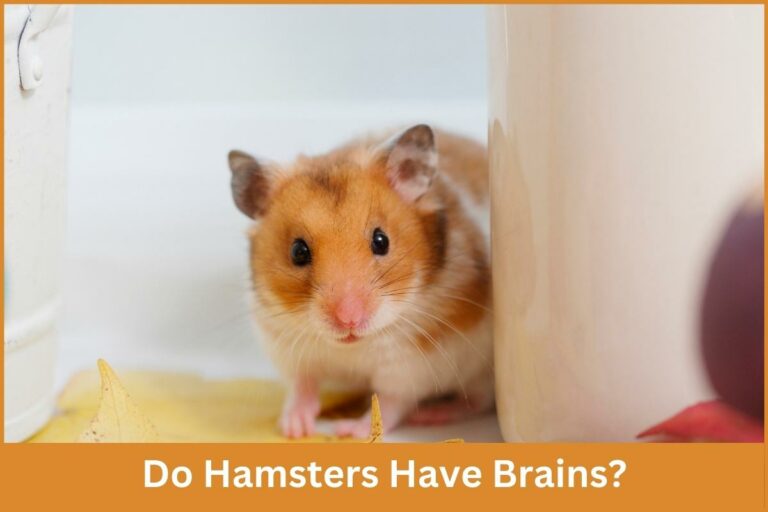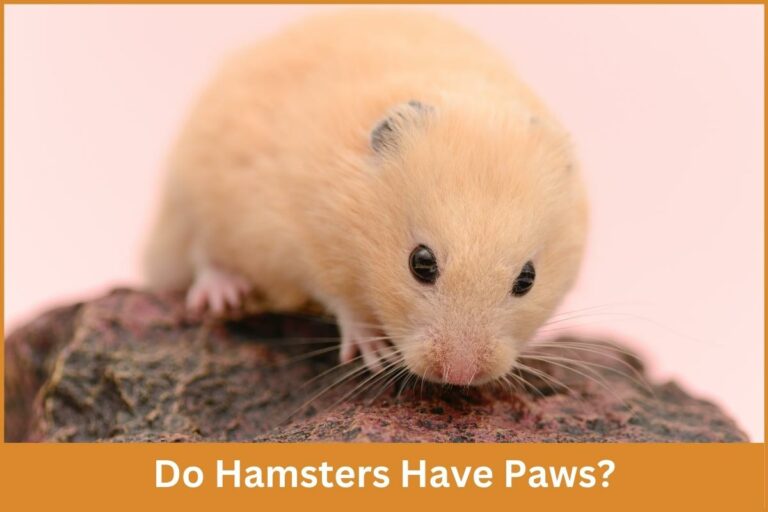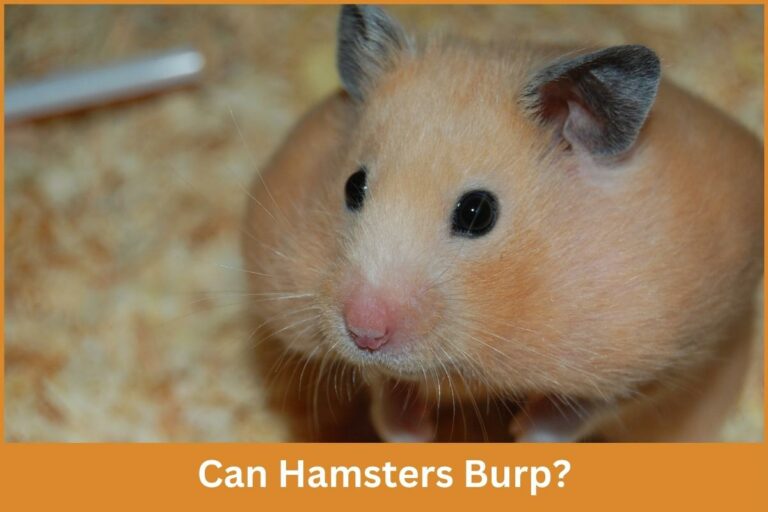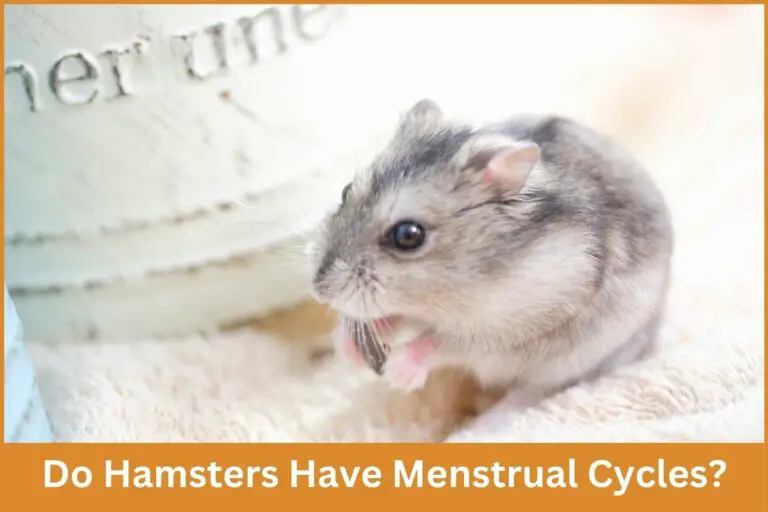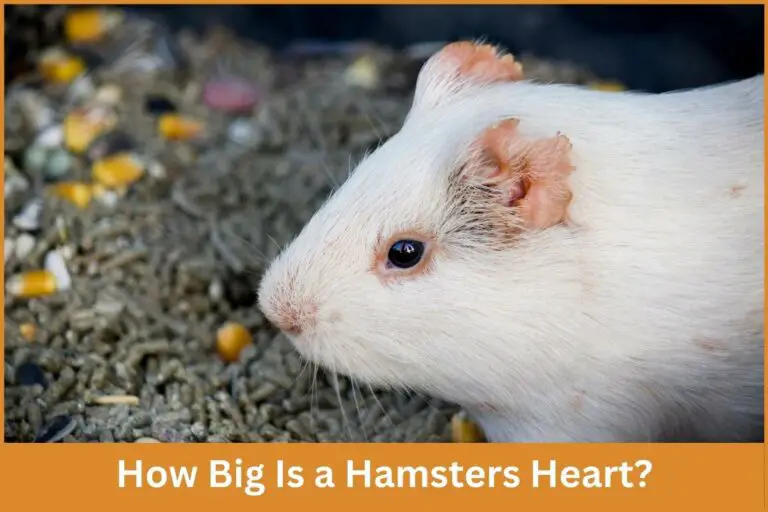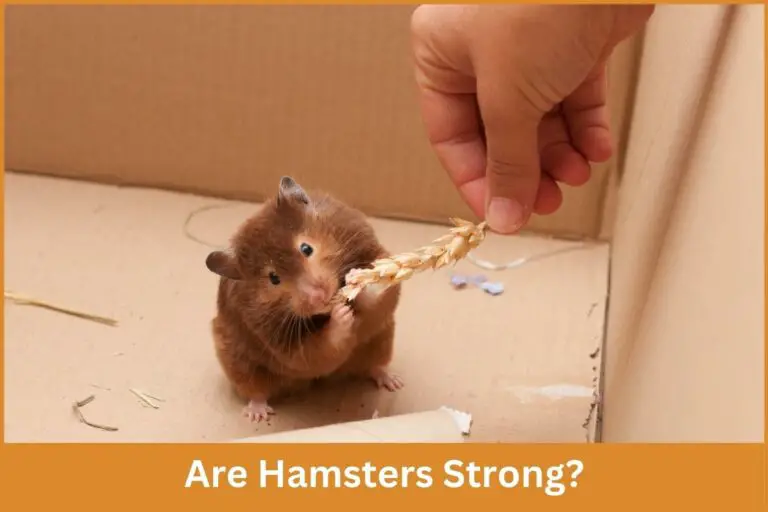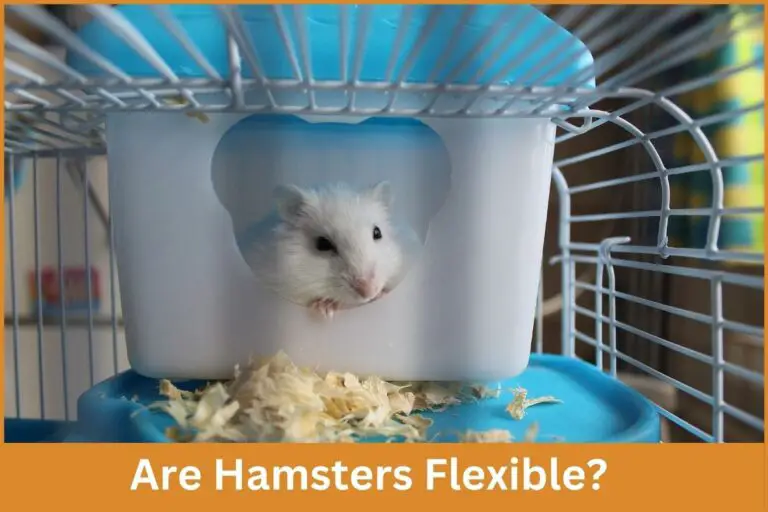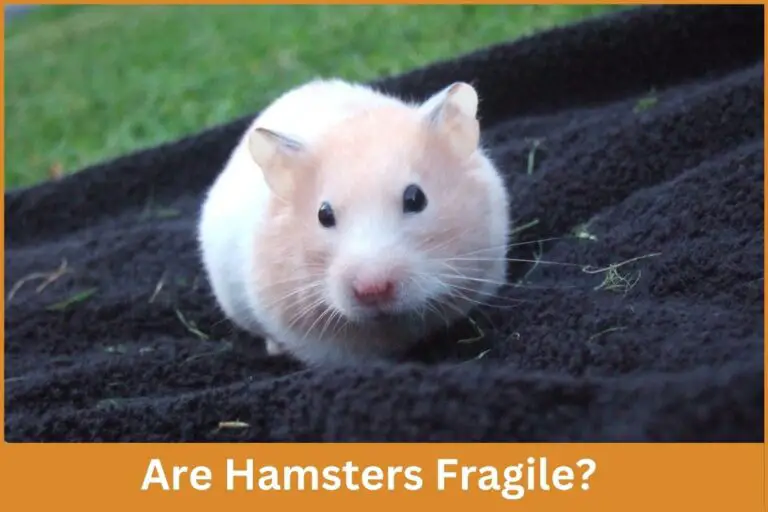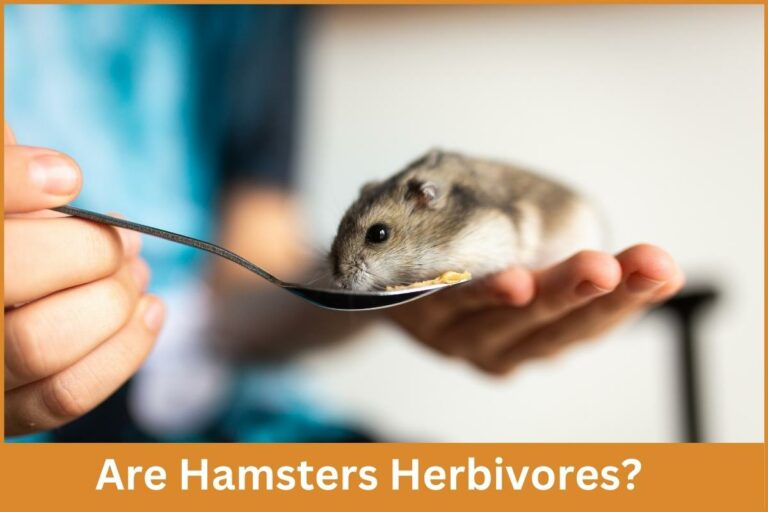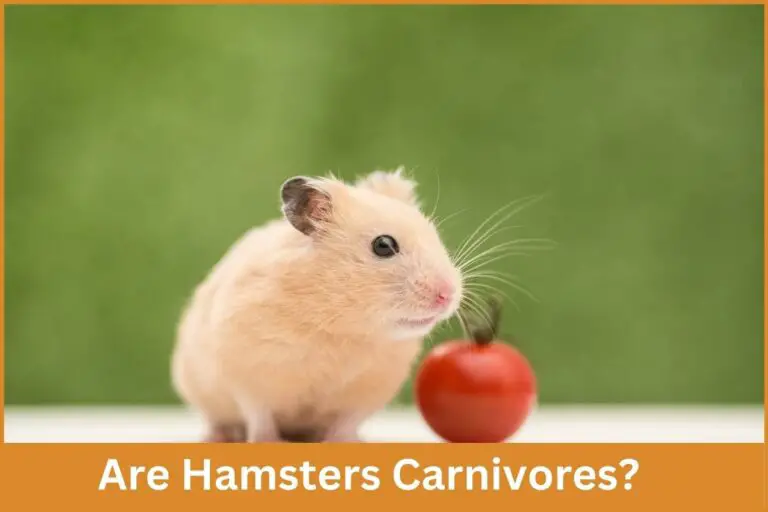Understanding your hamster’s physical makeup helps provide better care. Here are key components of hamster anatomy:
- Body – Hamsters have stout, compact bodies ranging from 2-7 inches long depending on breed. They have soft fur coats in colors like brown, black, white, or grey.
- Head – Hamsters have small rounded ears and large eyes for good hearing and vision. Their mouth contains large cheek pouches extending down the sides.
- Teeth – The front top and bottom teeth are sharp elongated incisors that grow continuously throughout their life. Molars in the back grind food.
- Legs – Hamsters have short stout legs suited for burrowing. Their front paws are nimble for grasping food. Rear feet have small toenails.
- Tail – Hamsters have a very small tail 1-2 inches long used for balance. Some breeds like Chinese hamsters have nearly tailless stubs.
- Digestive System – Food passes from their mouth through an esophagus to a stomach leading to the small and large intestines. The large caecum digests fibrous matter.
- Respiratory System – Hamsters breathe through two lungs located within an trachea branching into smaller bronchial tubes. The diaphragm muscle controls breathing.
- Circulatory System – Oxygenated blood flows from the heart through arteries while veins return blood to the heart. Capillaries exchange oxygen and waste at the tissue level.

